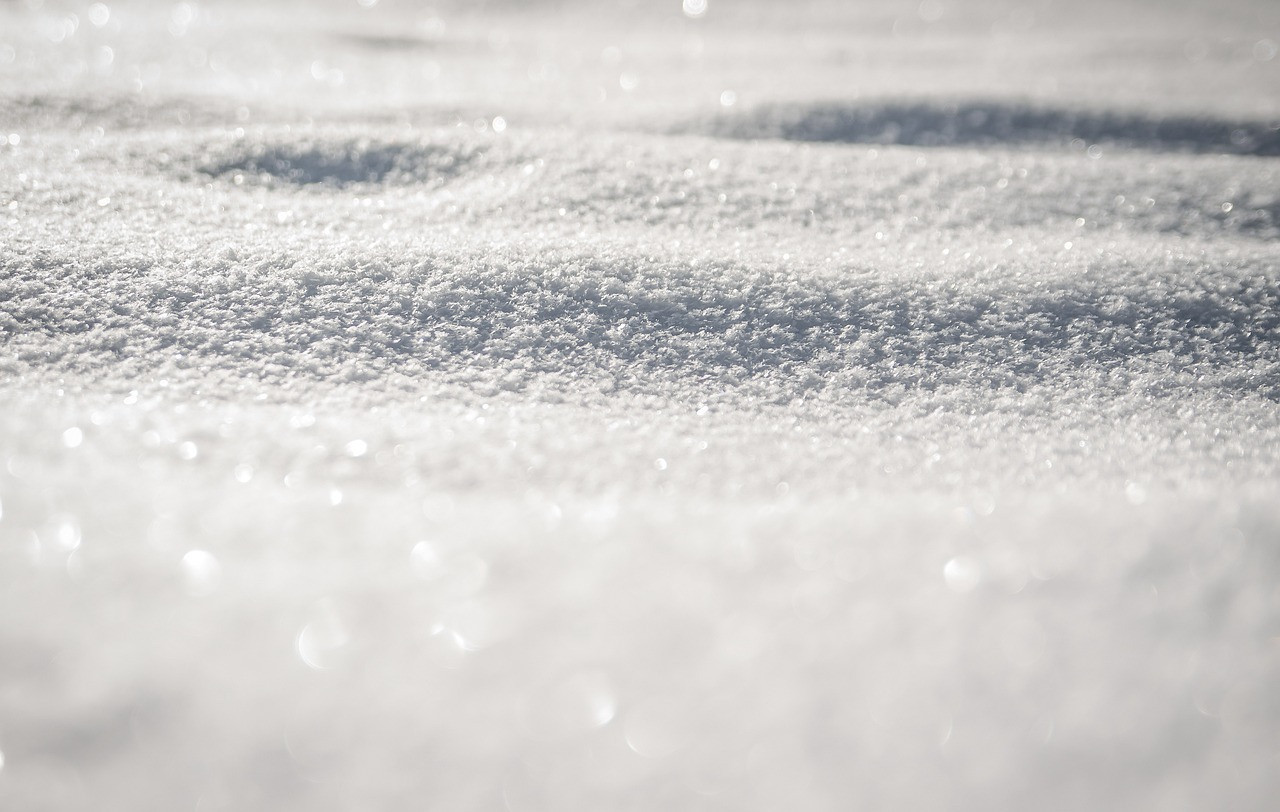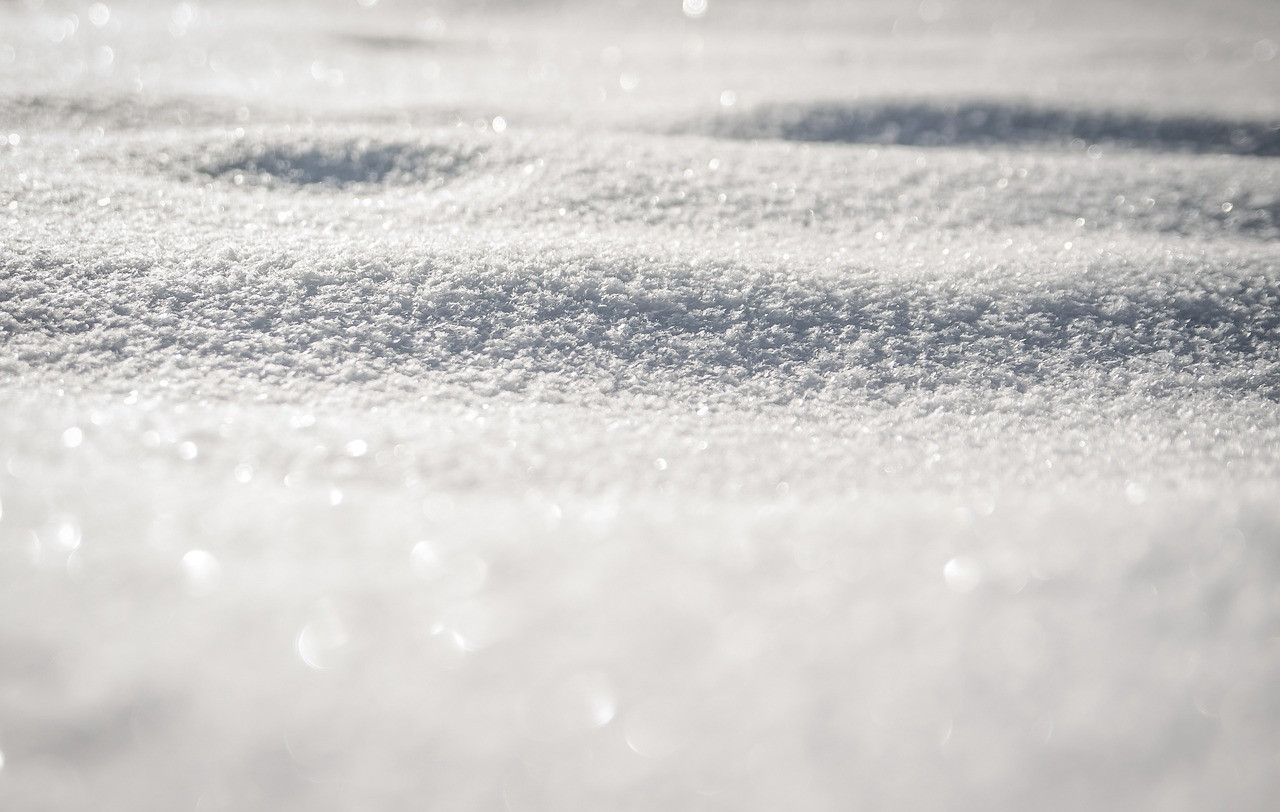
Winter Months: Prepare Wetland Equipment
Preparing Your Wetland Equipment for the Cold Winter Months

Winter's arrival brings a unique set of challenges for maintaining wetland equipment. With the right preparation, your amphibious excavators, swamp buggies, and other machinery can be safeguarded against the harsh conditions of the cold season. This detailed guide provides a step-by-step approach to ensure your expensive equipment remains in top condition throughout winter. For those seeking the best in amphibious machinery along with the best practices for keeping them running smoothly in any climate, Wetland Equipment stands ready to assist you.
1) Check and Replace Fluids
The first step in winterizing your wetland equipment is to assess and manage the fluids. Engine oil, coolant, and hydraulic fluids are critical for your machinery's performance and need special attention during cold weather. In lower temperatures, these fluids can become viscous, leading to poor circulation and increased wear on the engine and hydraulic systems. It's advisable to replace existing fluids with ones specifically formulated for cold weather. These winter-grade fluids maintain a lower viscosity in cold conditions, ensuring smoother engine starts and reliable hydraulic responses.
Additionally, checking the antifreeze levels in your cooling system is crucial. Antifreeze prevents the coolant from freezing in the engine, which could cause significant damage. Ensure that the antifreeze is at the correct concentration to provide adequate protection throughout the winter months. Regular checks and maintenance of these fluids are not just about enduring the winter, but also about preparing your equipment for efficient operation when spring arrives.
2) Inspect and Replace Batteries
Batteries tend to struggle in cold weather. The reduced temperatures can significantly impact their performance, making it harder for them to hold a charge and start engines. Begin by inspecting the battery for signs of wear, corrosion, or damage. Clean the terminals and ensure they are tightly connected. For batteries that show signs of aging or wear, replacement might be the best option. Choosing batteries with a higher cold cranking amps (CCA) rating is advisable, as they are specifically designed to perform in colder temperatures, offering more reliable start-ups.
In addition to replacing old batteries, it’s important to maintain the charge in the batteries you use. During the winter months, if the equipment is not used frequently, batteries can lose their charge. Utilizing a battery maintainer or periodically starting the equipment can help keep the battery charged and ready for use. This practice not only extends the battery life but also ensures your equipment is always ready for operation.
3) Clean and Lubricate Moving Parts
Winter conditions can lead to rust and corrosion in moving parts of your wetland equipment. Start by thoroughly cleaning these components to remove dirt, debris, and moisture. This step is vital in preventing rust and ensuring that moving parts can operate freely. After cleaning, it’s essential to apply a high-quality lubricant. The right lubricant will protect the parts from moisture and ensure that they remain flexible and operational in low temperatures. It also reduces the friction between moving parts, which is crucial for minimizing wear and tear.
Regular lubrication throughout the winter is also important. Cold weather can cause lubricants to thicken or harden, which may reduce their effectiveness. Keeping an eye on the condition of the lubricants and reapplying as needed will help maintain the smooth operation of your equipment’s moving parts. This preventive maintenance is key to avoiding costly repairs and downtime.
4) Protect Electrical Systems
Electrical systems in wetland equipment are susceptible to cold weather damage. Low temperatures can make wires and components brittle, leading to cracks and breaks. Start by inspecting all electrical connections and wiring. Look for signs of wear, frayed wires, or loose connections. Tighten any loose connections and replace damaged wires. Applying dielectric grease to the connections can provide an additional layer of protection against moisture, preventing corrosion and electrical failures.
Furthermore, ensure that all electrical components are well-insulated and protected from the elements. Pay special attention to areas where water or ice accumulation is likely. Regular checks and maintenance of the electrical system throughout the winter can help prevent unexpected equipment failures and ensure that your machinery is ready to go when needed.
5) Store Equipment Properly
Proper storage is key to protecting your wetland equipment from winter weather. If the equipment is not in use, storing it in a dry, covered area is ideal. This protects it from snow, ice, and temperature fluctuations that can lead to rust and other forms of weather-related damage. If indoor storage isn’t possible, using high-quality, waterproof covers is a viable alternative. These covers can shield your equipment from moisture and reduce the risk of rust and corrosion.
In addition to covering your equipment, consider elevating it off the ground to prevent freezing and sticking to the surface. This can be particularly important for tracks. Ensure that all openings are sealed to prevent small animals from nesting inside the machinery, which can cause damage to wiring and other components. Regular checks even during storage are important to catch any issues early and keep your equipment in the best possible condition.
6) Regular Maintenance Checks
Consistent maintenance checks are essential during the winter months. Regularly starting the engine helps keep the battery charged and prevents the engine oil from settling, which could lead to difficulties in starting the equipment when it’s needed. It also helps in identifying any issues that might arise due to the cold weather, such as leaks or cracks, allowing for timely repairs.
During these checks, pay attention to any unusual noises or behaviors in the equipment. This can be an early sign of potential problems. Keeping a log of these maintenance checks and any actions taken can be helpful for future reference and ensuring a thorough and consistent maintenance routine.
The Best Ways to Protect Your Wetland Equipment During Winter
Winterizing your wetland equipment is a crucial process that ensures the longevity and reliability of your machinery. By following these detailed steps, you can confidently face the winter months, knowing your equipment is well-protected and ready for efficient operation in the spring. For the highest quality amphibious excavators and swamp buggies that can endure colder climates, look no further than Wetland Equipment. Our expertise and superior equipment are unmatched, making them your ideal partner for all your wetland machinery needs. Reach out via phone or email to Wetland Equipment today to explore our exceptional range and prepare for a productive year ahead!

